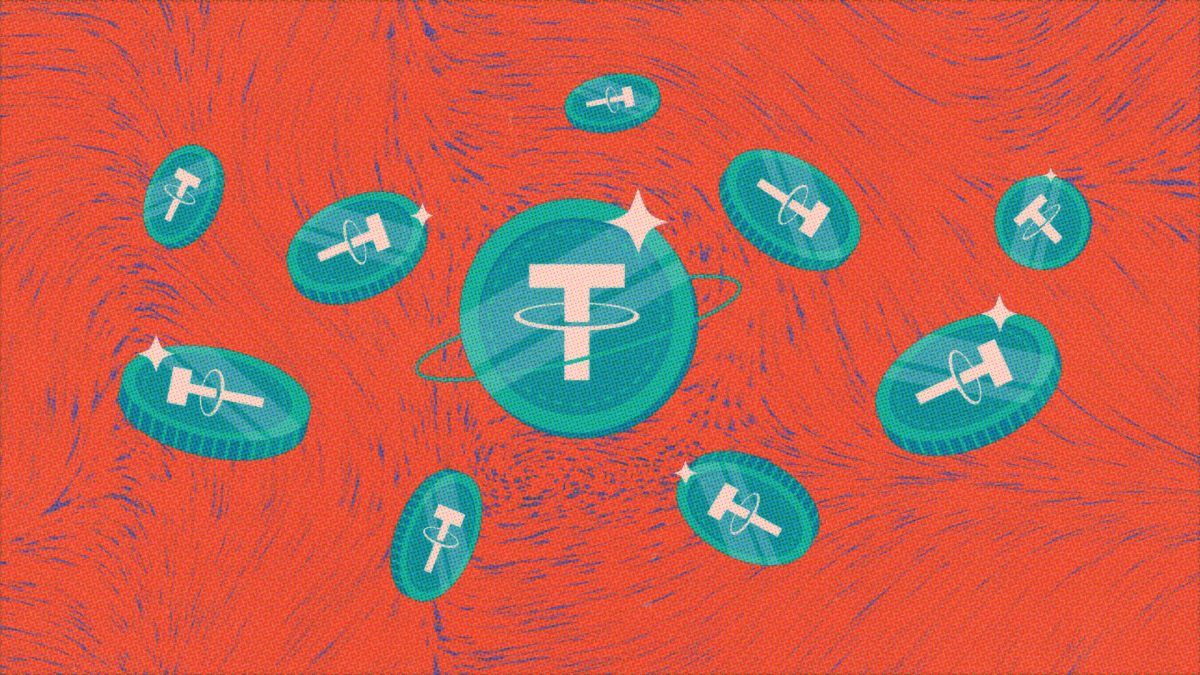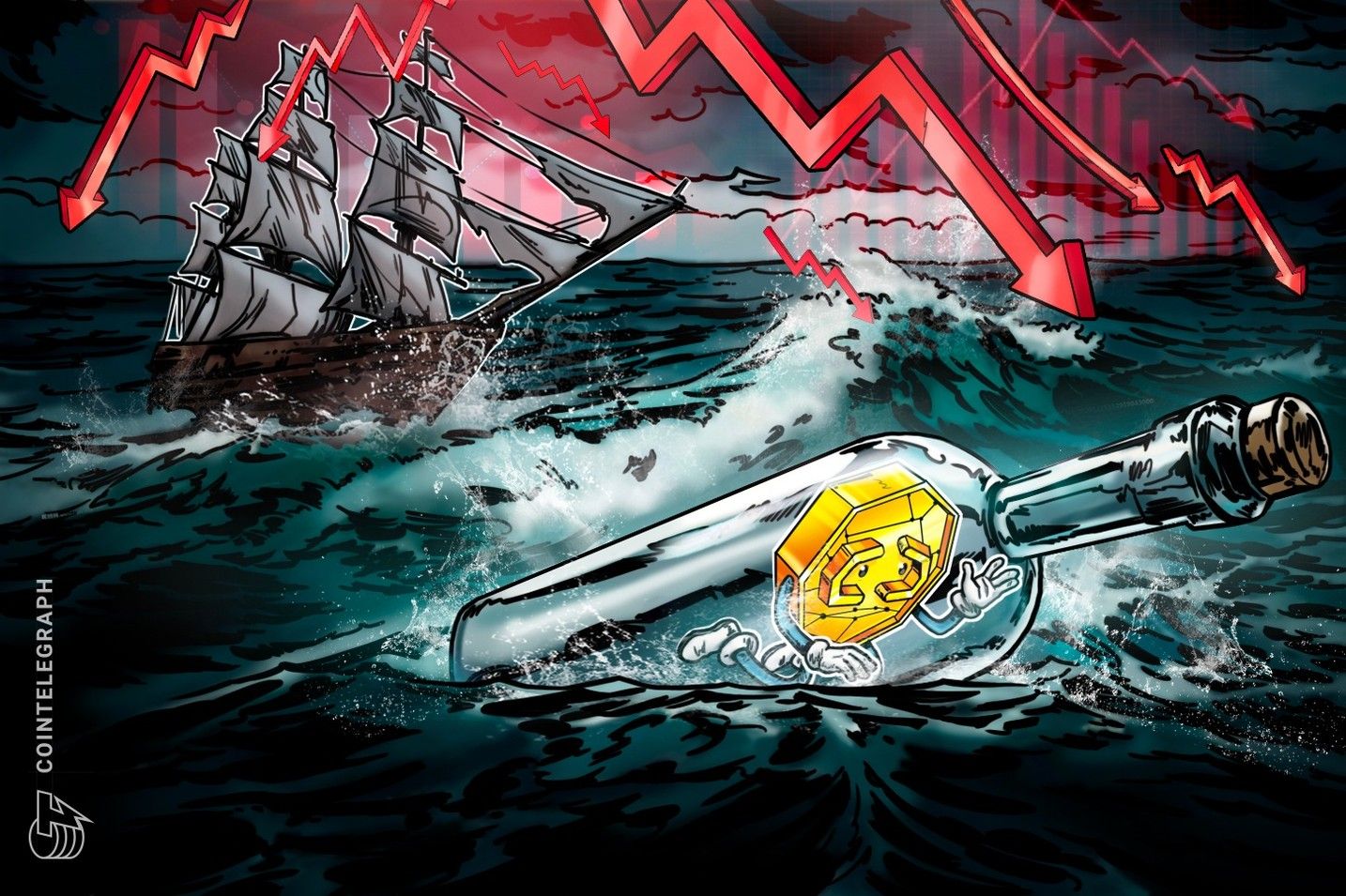Tether’s USDT stability score cut to 'weak' level as S&P says reserves can’t absorb bitcoin drop
Quick Take S&P flagged ongoing gaps in Tether’s disclosures and reserve governance, saying key details on custodians and asset composition remain unclear. The warning fits a broader pattern, with S&P also assigning bitcoin-heavy firms like Strategy speculative-grade ratings over similar liquidity risks.

S&P Global Ratings downgraded its stability assessment of Tether's USDT to 5, the weakest level on its scale, citing a rise in riskier reserve assets and warning that the stablecoin no longer has sufficient buffer to absorb a decline in bitcoin's value.
The agency said bitcoin now represents about 5.6% of USDT in circulation, more than the roughly 3.9% reserve buffer implied by Tether’s latest third-quarter attestation , published at the end of October. That means a material drawdown in bitcoin, especially if combined with losses in other high-risk holdings, could leave USDT undercollateralized, S&P said.
Tether’s riskier assets, which include bitcoin, gold , secured loans, corporate bonds, and other investments with limited disclosure, climbed to 24% of reserves as of Sept. 30, up from 17% a year earlier. S&P said those exposures, along with persistent gaps in transparency around custodians, counterparties, and asset composition, drove the revision further down from last year's "constrained" score.
A big portion of USDT's reserves is still held in short-term U.S. Treasuries and other cash-like assets, but S&P said the way those reserves are structured lacks basic investor protections seen in regulated markets, such as keeping reserve assets separate from the company’s own funds and allowing broad, straightforward redemption access.
S&P did, however, note that the stability assessment could improve if Tether reduces its exposure to high-risk assets and provides fuller disclosures about reserve composition and the creditworthiness of its banking and custody partners.
Tether CEO Paolo Ardoino rejected the assessment in a post on X, saying Tether “wears S&P’s loathing with pride” and criticized what he called legacy rating models built for a “broken financial system.” He said Tether is “overcapitalized,” “extremely profitable,” and unfairly targeted for operating outside traditional finance.
Bitcoin-linked fragility
The agency is increasingly focused on bitcoin-linked liquidity risk across the sector.
Last month, S&P assigned the Michael Saylor-chaired bitcoin treasury company Strategy a B-minus issuer credit rating , noting that its balance sheet is overwhelmingly tied to bitcoin and vulnerable to a sharp price drop. The speculative-grade rating placed Strategy in the same bucket as stablecoin issuer Sky Protocol and reflected what S&P described as shared exposure to liquidity and market-volatility shocks.
Despite the risks flagged by S&P, Tether remains by far the dominant U.S. dollar–pegged stablecoin, with a circulating supply of nearly $185 billion. Its next-largest competitor, Circle's USDC, has a market cap of under $75 billion.
Disclaimer: The content of this article solely reflects the author's opinion and does not represent the platform in any capacity. This article is not intended to serve as a reference for making investment decisions.
You may also like
Bitcoin sees ‘significant step forward’ as $97K BTC price targets return

What’s behind the surge in privacy tokens as the rest of the market weakens?

Bitcoin Updates: Institutional Investors Drive Bitcoin ETF Boom Amid Growing Optimism for Rate Cuts
- Bitcoin ETFs saw $238M net inflows on Nov 21 after a record $903M outflow, signaling institutional stabilization amid volatile markets. - Fed rate cut expectations and Abu Dhabi's tripled IBIT holdings highlight Bitcoin's growing role as a macro-hedge and reserve asset. - Technical indicators suggest $90K-$92K resistance could be broken if daily inflows exceed $200M, potentially pushing BTC toward $100K by early 2026. - Asian institutional buyers consistently inject $150M weekly, contrasting U.S. retail

XRP News Today: Individual Investors Snap Up Last XRP Tundra Shares Ahead of Institutional Phase
- XRP Tundra emerges as a bear market hedge, leveraging dual-chain architecture on XRP Ledger and Solana to offer institutional-grade DeFi infrastructure. - Institutional acquisition accelerated its December 15 launch, establishing a $0.01 retail allocation window amid full KYC and smart-contract audits. - The project's structured yield model and cross-chain capabilities align with growing institutional interest in XRP, contrasting altcoins' struggles in a tightening crypto market. - Tundra's governance (T

